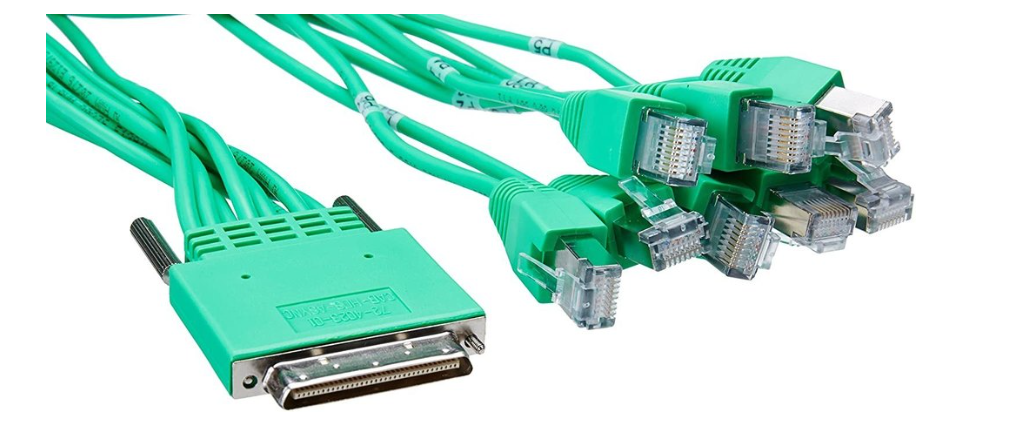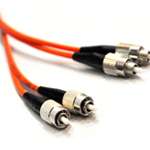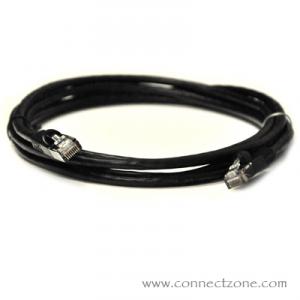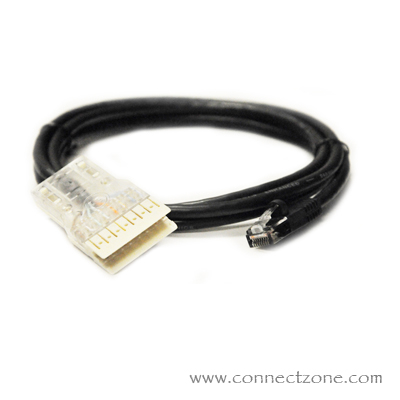We use cookies to make your experience better. Read more
27 Jul, 2011

Six Amazing Ways To Work Faster In MS Outlook
Organizations large and small rely on Word documents, Excel spreadsheets, and PowerPoint presentations to get the job done. In some ways Outlook is the poor cousin of the three high-profile Office apps. But the true workhorse in Microsoft's ubiquitous suite is the unglamorous e-mail/contact manager/task scheduler. These six tips for Outlook 2010, 2007, and 2003 will let you spend less time reopening archived messages, jog your memory about reminders, drag files to send them as attachments, add terms to the spell checker, clear space on the taskbar, and enhance your list of click-saving keyboard shortcuts for Outlook.
Archive a folder's messages on your schedule
Many people have no need to archive their Outlook e-mail, choosing instead to delete old messages or simply to let them accumulate. However, most organizations cap the size of individual Outlook accounts, so you may receive a notice from the IT folks to archive some of your old e-mail. Archiving can prevent folder bloat, but retrieving archived messages takes longer than reopening nonarchived ones. You may need easy access to messages older than Outlook's default auto-archive-age setting of 6 months. It's easy to delay all Outlook archiving or the program's archiving of specific folders and messages. (Note that Outlook 2010's Clean Up feature automatically removes what it identifies as redundant messages in selected folders. That's not the same as archiving old e-mail.) To enable automatic archiving for mail in a specific folder, right-click the folder and choose Properties > AutoArchive. By default, the archiver runs every 14 days and applies to messages older than six months. To change the default settings, choose the Default Archive Settings button to open the AutoArchive dialog. Here you can change the frequency of archiving, the length of time messages remain unarchived, and the location of your archive.pst file. To customize a single folder's archive settings, right-click it, choose Properties > AutoArchive, select "Archive this folder using these settings," and make your choices. To prevent an individual message from being archived, open it and click File > Info > Properties in Outlook 2010 and 2007 or File > Properties in Outlook 2003. Check "Do not AutoArchive this item."
Make your reminders more informative
Outlook lets you assign certain messages to a color-coded category or mark them with a follow-up flag. Even with these visual cues you may need some help remembering the message's significance. To add a description that appears next to the flag when you open the message, choose Follow Up > Custom and enter a word or phrase of explanation. To add a reminder that will also appear in your tasks and calendar, right-click the message and choose Follow Up > Add Reminder. In the "Flag to" field add a description of the follow-up action. This text will appear at the top of the message along with other information about the reminder.
The fast way to send a file attachment
The typical approach to attaching a file to an e-mail is to open a new message, choose the paperclip icon, and navigate to the file in the folder window that appears. If you're in Windows Explorer or any folder window, you can right-click the file and choose Send to > Mail recipient, which opens a new message in your default e-mail program. You may be able to save even more time by dragging the file directly into your Outlook inbox, which likewise opens a new message with the file automatically attached.
Customize Outlook's spell checker
Spelling errors are downright unprofessional, which makes Outlook's spell-check feature indispensable for most people. No spell-check dictionary includes all the words you're likely to use regularly in your correspondences. You can make Outlook's spell checker more accurate by adding names and terms you use frequently. In Outlook 2010 and 2007, select File > Options > Mail > Spelling and Autocorrect > Custom Dictionaries > Edit Word List. Add your new terms one at a time and click OK twice. In Outlook 2003, click Tools > Options > Spelling and choose the Edit button under "Edit custom dictionary." Click through the warning, if necessary, add the new terms to the Custom.dic file, click File > Save and then File > Exit. (OK, this tip may not save you much time, but it might make you look better.)
Minimize Outlook to the notification area
Midway through your workday your taskbar can get pretty crowded with minimized applications, even if you choose the option to group multiple open windows by program. (To set this option, right-click the taskbar, choose Properties > Taskbar, and select "Always combine, hide labels" in the drop-down menu next to "Taskbar buttons.") You can take Outlook out of the taskbar mix by placing the minimized icon only in the notification area. To do so, right-click the Outlook icon in the notification area and choose Hide When Minimized. Outlook will thenceforth minimize only to the notification area rather than to the taskbar.
Switch quickly to another Office app
If you've got one Office app open, chances are you'll eventually need to do some work in another. You can open a new Word document, Excel spreadsheet, PowerPoint presentation, or other type of file from within Outlook by pressing Ctrl+Shift+H. This keyboard shortcut opens the New Microsoft Office Document dialog. Just choose your desired type of file and click OK. Follow me on Twitter and Facebook. Let us know in the comments below if this has helped you be more productive! Don't forget hit the subscribe button in the upper left hand corner!
0 Comment(s)






